Mang Thit, a peaceful land of Vinh Long province, is not only famous for its fruit-laden orchards but also attracts tourists with a unique heritage, hidden along the Co Chien River - the traditional brick kiln craft village of Mang Thit. This area not only brings cultural and historical values, but is also an interesting destination for those who love to travel, explore and learn about the traditional craft villages of the Western people.

An old brick kiln quietly stands by the riverbank, carrying many memories and cultural values of local people.
Having the opportunity to visit Mang Thit brick kiln, Luan Nguyen - a photographer and designer currently living and working in Ho Chi Minh City said: "The first time I came to Mang Thit was a few years ago, the feeling it gave me at that time was so strange and new. Like how could a small brick kingdom exist next to the Co Chien River like this? Along the riverbank are many brick kilns and ceramic kilns stretching for dozens of kilometers...".

Along the riverbank are many brick kilns and pottery kilns stretching for dozens of kilometers.
The village of the "red mountains"
Mang Thit brick village stands out with hundreds of brick kilns spread over a large area, creating a majestic and unique scene. The bright red brick kilns, with their high domes rising up against the blue sky, are like small mountains rising in the middle of a fertile plain. From afar, the brick kilns look like giant sculptures, bearing the mark of time and human labor.
The brick kiln here was built in the 1970s and quickly developed strongly, becoming an important part of the economic life of local residents. The main material for making bricks is clay mined from river banks and canals, through many stages of kneading and heating to produce strong and durable bricks.

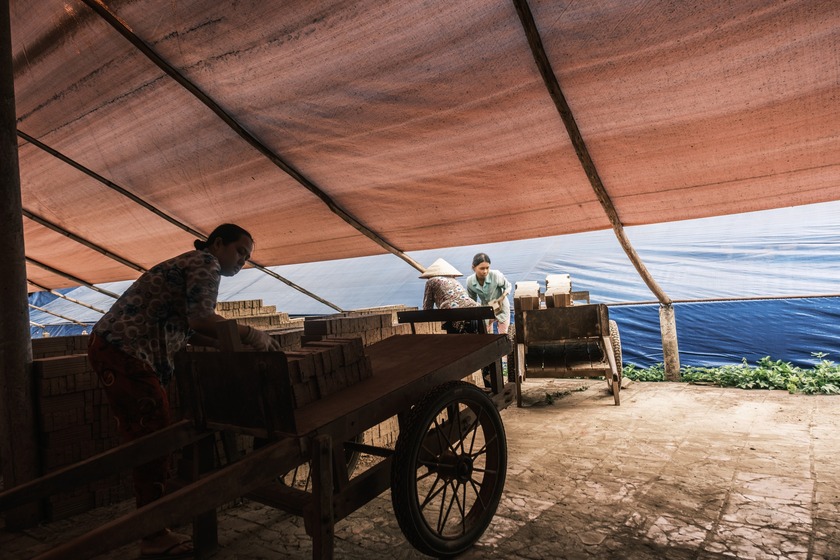

A moment of peace in Mang Thit
Luan Nguyen shared about his visits to Mang Thit brick kiln, and each trip left him with different experiences: "I've been to the brick kiln several times. One time I went from Tra Vinh to Vinh Long, stopped by the beautiful ancient tomb tower of Mrs. Lam Thanh Huong and learned many stories about it. Another time I went from Vinh Long market to the brick kiln, and observed a lot about the lifestyle, markets, and style of the people here."
In addition, Luan also revealed that the ideal time to explore Mang Thit brick kiln is early in the morning, around 5 am. At that time, visitors can admire the dawn gradually appearing on the Co Chien River, enjoy the beautiful scenery, and observe the life and activities of the brick kiln when there are few tourists. This is also the right time to experience local cuisine and feel the lifestyle of the people here.
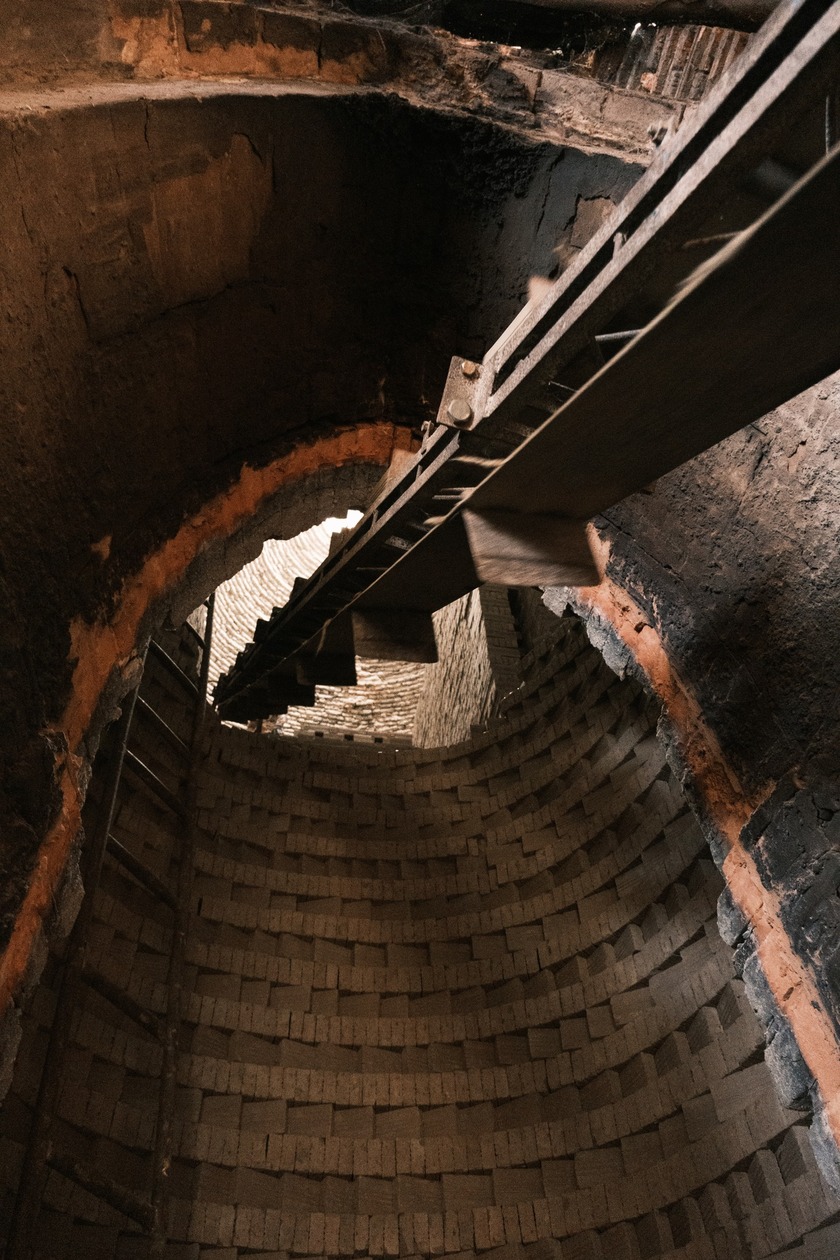
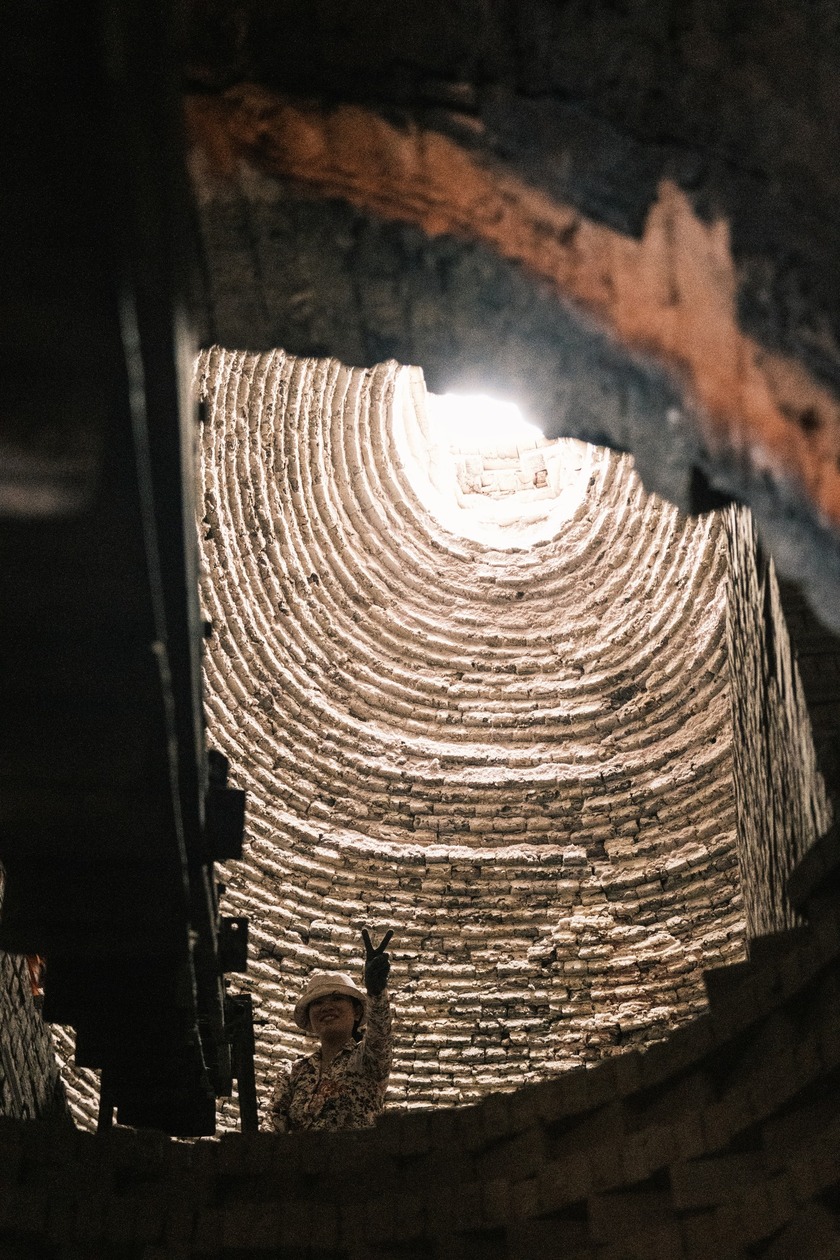
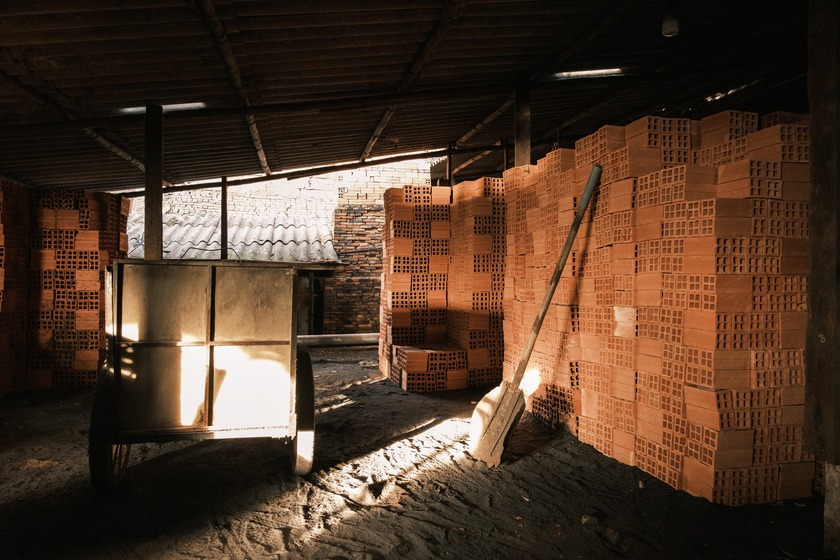
Brick products are displayed right at the brick kiln.
Timeless beauty
Each old brick kiln seems to quietly pass through many ups and downs with the river, leaving visitors with a sense of timeless beauty. When the afternoon falls, the brick kiln scene becomes more shimmering and magical, with a peaceful and ancient look, making this place an attractive destination not to be missed.
The ancient primeval clay mines along the riverbank are the main raw materials for creating quality brick and ceramic products. According to local people, the brick and ceramic industry was once so prosperous that every family had a kiln. That is also the reason why Mang Thit brick kiln village still retains many traditional values, each kiln is a symbol of time, reminiscent of a glorious era.
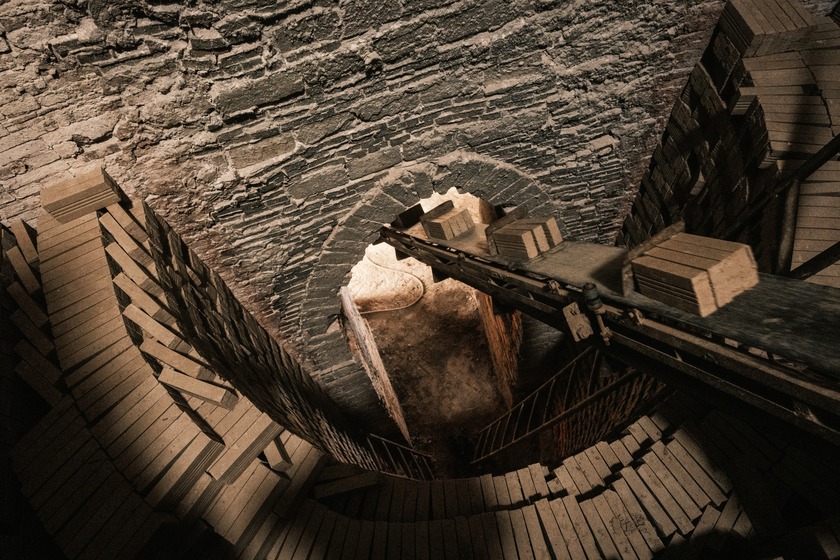
Red bricks are fired from primary clay mines.

The brick and pottery kilns in Mang Thit have gone through many ups and downs of history.
However, with the development of modern technology and construction materials, traditional brick kilns are increasingly used less and less. Many kilns have stopped operating, abandoned with traces of time covering them. These kilns gradually become "ruins" with a dilapidated, wild beauty but have a strange attraction, reminding of the prosperous past of the craft village. This has turned Mang Thit into a favorite destination for photographers and those who love nostalgic spaces.
Discover Mang Thit - the intersection between past and present
Visitors to Mang Thit can not only admire the uniqueness of the brick kilns but also learn more about the handmade brick-making process from the locals. The village elders are willing to share their ancient brick-firing techniques, with life stories full of the flavor of the river land. In addition, the wild and quiet scenery here offers a relaxing experience, away from the hustle and bustle of the city.
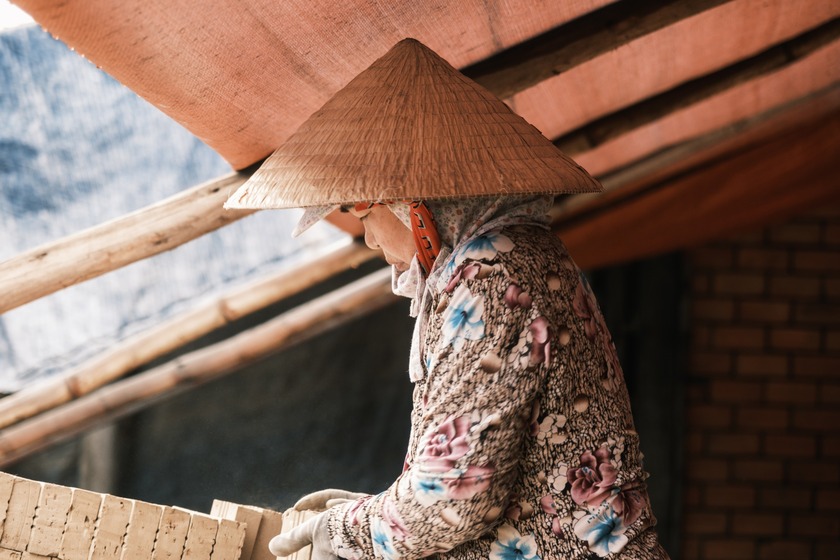
Artisans demonstrate traditional craftsmanship and experience in every stage.

Simple life in Mang Thit craft village
Witnessing the activities of the people in the craft village, Luan Nguyen shared: "I witnessed a few stages, for example, when placing bricks in the kiln, I had to climb small stairs that were very difficult to climb. A kiln can burn about 10,000 - 20,000 bricks. Looking at the way they arranged the small bricks neatly when finishing the product was very delicate and meticulous."
Not only the brick village, visitors also have the opportunity to explore the small, tree-lined streets and the vast canals. This destination is also ideal for those who want to take artistic photos with the elegant, authentic scenery of the West. Many people share that the feeling of standing in the middle of abandoned brick kilns, listening to the sound of the wind through the old bricks, breathing the fresh air, is an unforgettable experience.

Each kiln is a symbol of time, a reminder of a glorious era.
"Although there are still many difficulties in developing and maintaining the brick and pottery village in this area, Mang Thit still works day and night to create beautiful, unique and quality products. The workers are still diligent in their profession, attached to the village, creating cultural features imbued with Vietnamese people, lasting through the years," Luan confided.
With its rustic beauty, imbued with the essence of the West, Mang Thit brick kiln deserves to be one of the unique destinations not to be missed when coming to Vinh Long.




































